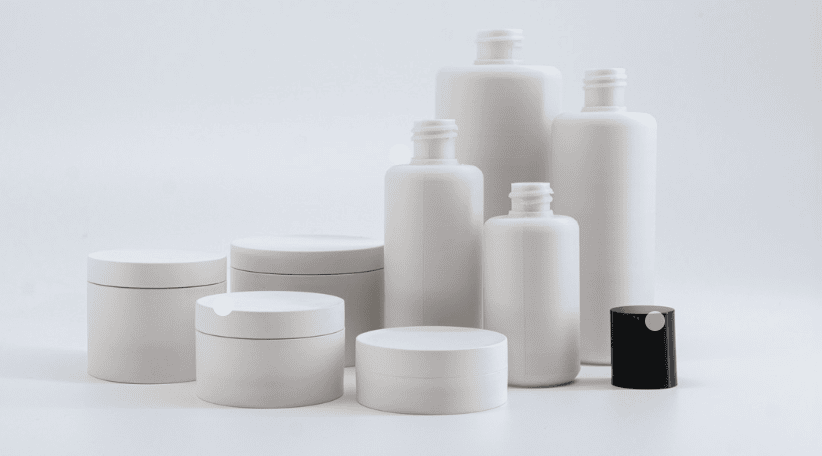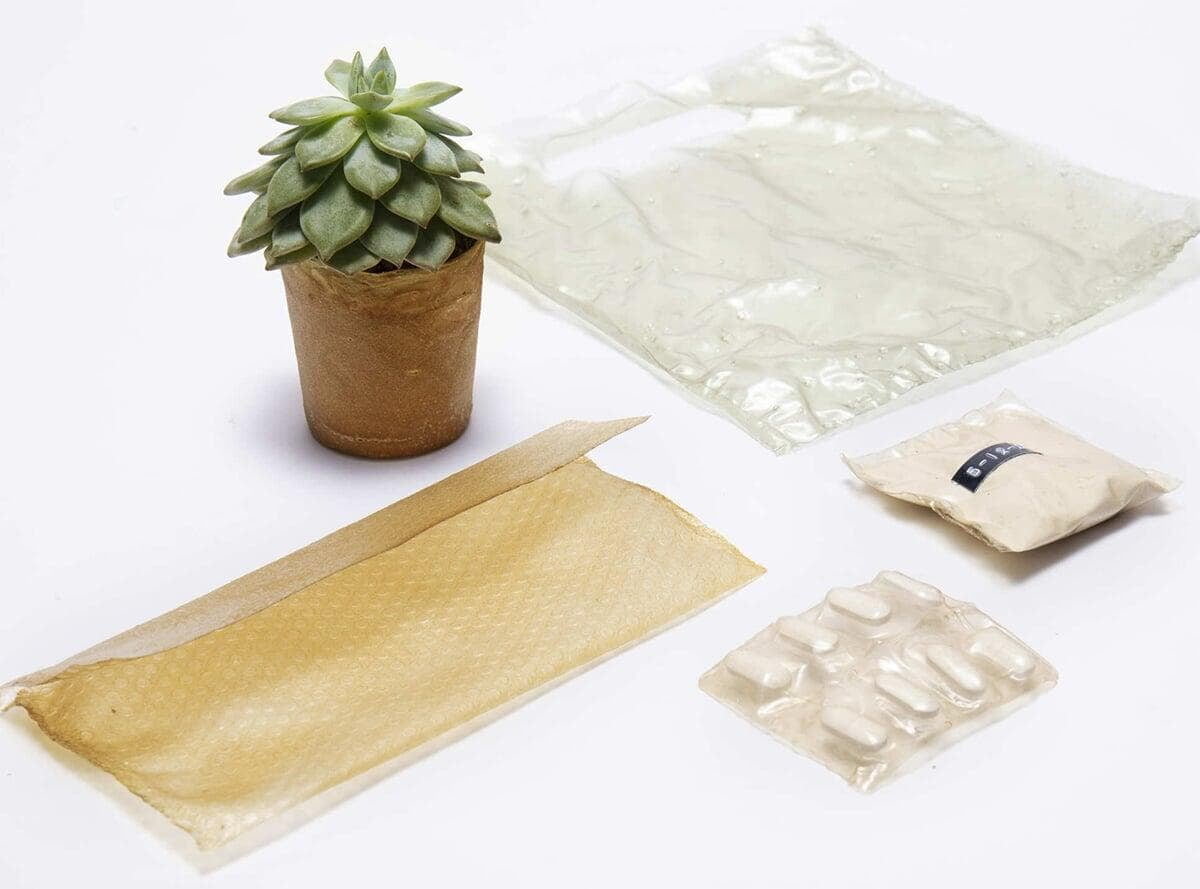Founded in 2019, Shellworks (Shellworks) is a London-based company that grew out of a team project set up jointly by the Royal College of Art and Imperial College to develop an eco-friendly plastic bag that is biodegradable. It is hoped that this will replace the commonly used single-use plastic bags and reduce the pressure of waste products on the environment.
Later in the company's commercial operations, however, a blend of chitosan with starch and low-grade fibers was used to produce rigid packaging for cosmetics.

Research shows that almost all crustaceans have a component called “chitosan”. Lobster shells have the highest content of 30% to 40%, the biggest characteristic of this ingredient is non-toxic, easy to degrade.
To make biodegradable plastic bags from crayfish, you can follow these steps:
1. Preparation materials: crayfish shells, corn starch, plasticizer, chitosan solution, hydrogen peroxide, sodium hydroxide (for decolorization and deacetylation)
2. Dispose of crayfish shells: Clean the crawfish shells and remove the meat, reserving the heads, pincers and legs.
Rinse the crayfish shells repeatedly with hot water to remove the oil film.
Use baking soda to clean the crawfish shells and then slow bake them on low for 10 hours to make them clean and crispy.
Powder the crayfish shells.
3. Make chitosan: Add the crayfish shell powder to the sodium hydroxide solution and stir until the calcium carbonate is dissolved.
A low concentration of sodium hydroxide solution was used to remove proteins from crayfish shells.
Use hydrogen peroxide to decolorize.
Chitosan was made by adding sodium hydroxide solution to deacetylate chitin in crayfish shells to 85%.
4. Making bio-based plastic bags:
Combine corn starch, plasticizer and chitosan solution and mix well.
Spray the mixture onto the mold using a spray gun or brush and then dry.
A starch-based chitosan bioplastic film can be obtained.
5. Testing and optimization:
The produced plastic bags were tested for their light transmission, flexibility, tensile strength and natural degradation time.
Optimization based on test results to improve the performance of plastic bags.
With the above steps, a biodegradable bio-based plastic bag can be made using crayfish shells.


